What Is The Reverse Charge In GST?
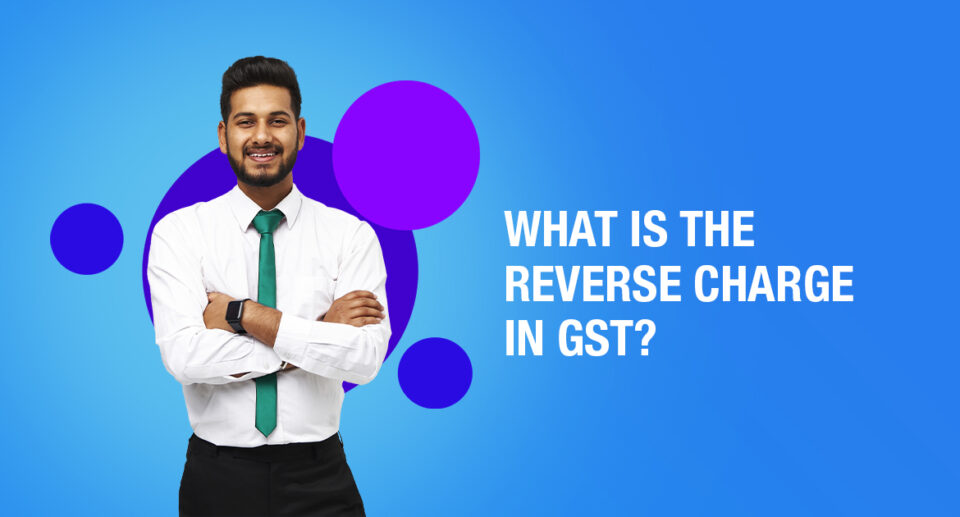
Reverse charge in GST is a process where the recipient of the goods or services is responsible to pay the Goods and Services Tax (GST) instead of the supplier.
What is the reverse charge mechanism?
The supplier of all the goods or services pays the taxes in normal circumstances. When a reverse charge is imposed, the receiver of the goods and services becomes liable to pay the taxes. To be precise, the changeability of the taxes gets reversed.
When is the reverse charge mechanism applicable?
The reverse charge mechanism is applicable under Sections 9(3), 9(4), and 9(5) of Central GST and State GST Acts. Sections 5(3), 5(4) and 5(5) of the Integrated Goods and Services Tax Act govern the reverse charge cases for inter-state transactions.
Let us have a detailed discussion regarding these scenarios:
Supply of certain goods and services specified by the CBIC
According to the powers conferred in section 9(3) of CGST Acts, CBIC has introduced a long list of goods and services on which reverse charge is applicable.
Supply from an unrecorded dealer to a registered dealer
Section 9 (4) of the CGST Act notifies that if any dealer who isn’t registered under the GST, inventories goods and services to a buyer registered under the GST, also reverse charge would be applicable in that case.
This simply means that the GST will have to be paid directly by the receiver rather than the supplier. The listed buyer who has to pay GST under reverse charge has to do tone-invoicing for all the purchases done.
In intra-state purchases, the CGST and SGST have to be paid under the reverse charge medium (RCM) by the purchaser. In case of inter-state purchases, the buyer is responsible to pay the IGST. The government actively notifies the list of goods or services on which this provision gets attracted from time to time.
The RCM in case of inventories made by unrecorded persons to registered persons remitted to 30th September 2019. Preliminarily, this provision was imposed from the 1st of October, 2018.
In the real estate region, the government notified that the recipient should buy inward inventories to the extent of 80 from the registered suppliers only.
Suppose the purchases from registered dealers space 80; also the recipient should GST at 18 on the reverse charge up to the extent short of 80 of inward inventories.
Still, if the recipient purchases cement from an unrecorded supplier, he must pay tax at 28. This computation is to be done irrespective of the 80 computation.
The recipient is liable to pay GST on reverse charge based on TDR or bottom space indicator supplied on or after 1st April 2019.
Indeed if a squatter isn’t engaged in a regular business of land-related conditioning, transfer of development rights by such a person to the recipient is liable to GST as it’s considered as a force of service under section 7 of CGST Act.
Also, in case of the outside force of TDR by one inventor to another, GST is applicable at 18 on reverse charge.
Supply of services through an e-commerce driver
All types of businesses can use e-commerce drivers as an aggregator to sell products or provide services. Section 9 (5) of the CGST Act states that if a service provider uses an e-commerce driver to give specified services, the reverse charge will apply to the e-commerce driver and he’ll be liable to pay GST. This section covers the services similar as
Transportation services to passengers by a radio- hack, motor hack, maxi hack, and motorcycle. For illustration – Ola, Uber.
Furnishing accommodation services in hospices, auberges, guest houses, clubs, campgrounds, or other marketable places meant for domestic or lodging purposes, except where the person supplying similar service through electronic commerce driver is liable for enrollment due to development exceeding the threshold limit. For illustration – MakeMyTrip and Oyo.
Housekeeping services, similar to plumbing and carpentering, except where the person supplying similar services through electronic commerce drivers are liable for enrollment due to development beyond the threshold limit.
For illustration, UrbanClap provides the services of plumbers, electricians, preceptors, hairdressers, etc. In this matter, UrbanClap is responsible for paying GST and collecting it from the guests rather than the listed service providers.
Also, suppose the e-commerce driver doesn’t have a physical presence in the taxable home. In such a case, a person representing such an electronic commerce driver will be liable to pay tax for any purpose.
However, the driver will appoint a representative who’ll be held liable to pay GST, If there’s no representative.
Time of force under RCM
Time of force in case of goods
In the case of reverse charge, the time of force for goods shall be the foremost of the following dates.
- the date of damage of goods
- the date of payment*
- the date incontinently after 30 days from the date of issue of a tab by the supplier
Still, the time of force shall be the date of entry in the books of account of the philanthropist, If it isn’t possible to determine the time of force.
* This point is no more applicable grounded this Announcement No.66/2017 – Central Tax issued on 15th November 2017
Illustration:
Date of damage of goods 15th May 2021
Date of tab 1st of June, 2021
Date of entry in the books of the receiver 18th May 2021
The time of force of service, in this case, will be 15th May 2021.
Related: A Detailed Guide On Cess in GST
Time of force in case of services
In the case of reverse charge, the time of force shall be the foremost of the following dates:
The date of payment
The date incontinently after 60 days from the date of issue of tab by the supplier
Still, the time of force shall be the date of entry in the books of account of the philanthropist, If it isn’t possible to determine the time of force.
Illustration:
Date of payment 15th July 2021
Date incontinently after 60 days from the date of issue of the tab ( Suppose the date of the tab is 15th May 2021, also 60 days from this date will be the 14th of July 2021)
Date of entry in the books of the receiver 18th July 2021
The time of force of service, in this case, will be 14th July 2021
Who should pay GST under the reverse charge medium?
According to the features of GST law, the person supplying the goods must mention in the tax invoice whether tax is unpaid under RCM.
The below-mentioned points must be kept in mind while making GST payments under RCM
The beneficiary of goods or services can mileage of the ITC on the tax quantity paid under RCM only if similar goods or services are used for the business or headway of the business.
A composition dealer should pay the tax at the normal rates and not the composition rates while discharging liability under RCM. Also, they’re not eligible to claim any of the input tax credit or tax paid.
GST compensation cess can be applied to the tax payable or paid under the RCM.
What is the Input Tax Credit (ITC) under RCM?
A supplier can never take the GST paid under the RCM as ITC. The beneficiary can mileage of ITC on GST amount paid under RCM on receipt of goods or services, only if similar goods or services are used or will be used for business purposes.
The beneficiary cannot use the ITC to pay GST on goods or services under reverse charge and should be paid in cash only.
What is self invoicing?
Self-invoicing is to be done when bought from an unregistered supplier, and similar purchase of goods or services falls under reverse charge. This is because your supplier can not issue a GST-compliant invoice to you, and therefore you are liable to pay levies on their behalf. Therefore, self-invoicing, in this matter, becomes really necessary.
Moreover, section 31 (3) (g) states that a beneficiary who’s liable to pay tax under sections 9 (3) or 9 (4) shall issue a payment testimonial at the time of making payment to the supplier.
Important points to remember under the reverse charge mechanism
Any person that is paying tax under the reverse charge mechanism will have to compulsorily register himself under GST indeed if the development has not fairly exceeded the threshold value.
The GST applicable under the reverse charge must be deposited to the government on every 20th of the coming month
The reverse charge medium will only be applicable to intrastate deals
Any kind of advance payment made for the reverse charge inventories is also chargeable to GST. The person making the advance payments has to pay tax on the reverse charge base.

Maximize Your Online Business Potential for just ₹79/month on Lio. Annual plans start at just ₹799.
How can Lio help?
Lio is a very user-friendly, practical, reliable, and appropriate mobile app that enables you to manage your data smartly.
Lio can help in organizing all your data of different buyers and sellers, people who are registered under GST, the list of invoices, all in one place and get access to all the information and details on your phone at your convenience in a few taps.
Here are the steps one should take while using the template.
Step 1: In the Item column, enter the name or description of the expense.
Step 2: Enter the value of the expense in the Amount column. The total of all expenses for the period will be automatically calculated and shown at the end of this column.
Step 3: In the Notes template, enter any extra information or notes related to the expense.
The template itself can be customized to the user’s liking by adding new columns. Simply click on the + on the top right of the template.
Not downloaded the Lio App yet? Here is how you can start with Lio App.
Step 1: Select the Language you want to work on. Lio for Android

Step 2: Create your account using your Phone Number or Email Id.

Verify the OTP and you are good to go.
Step 3: Select a template in which you want to add your data.

Add your Data with our Free Cloud Storage.
Step 4: All Done? Share and Collaborate with your contacts.

Conclusion
The purpose of the reverse charge mechanism is to collect indirect tax effortlessly and conveniently from the recipient and to increase the tax revenues more effectively in case the supplier of particular goods or services is situated in any non-taxable territories or not well versed with the tax laws.
Frequently Asked Questions(FAQs)
Is (ITC) allowed under the reverse charge mechanism?
Tax paid on a reverse charge basis will be available for ITC if similar goods or services are in use, or will be used, for the business. The recipient who pays reverse tax can collect it as ITC.
What if an (ISD) receives supplies liable to reverse charge?
An ISD cannot make purchases that are liable to reverse charge mechanism. If the ISD wants to procure such kinds of supplies and take the reverse charge paid as ITC, the ISD should be registered as a regular taxpayer.
When can one claim the ITC of the tax paid under RCM?
The person who paid tax under RCM in a month can claim it as ITC in the subsequent month.
How is the reverse charge mechanism calculated?
The calculation of the reverse charge mechanism is not constant. It varies for different supplies of goods under RCM.
What is the Goods and Services Tax(GST) rate under RCM?
A Goods and Services Tax (GST) rate of 5% or 12% is applicable on the basis of admissibility of Input Tax Credit (ITC) by service provider i.e. the Goods Transport Agency (GTA).
What is the limit for reverse charge in GST?
The limit for reverse charge in GST is Rs. 20 lakh.


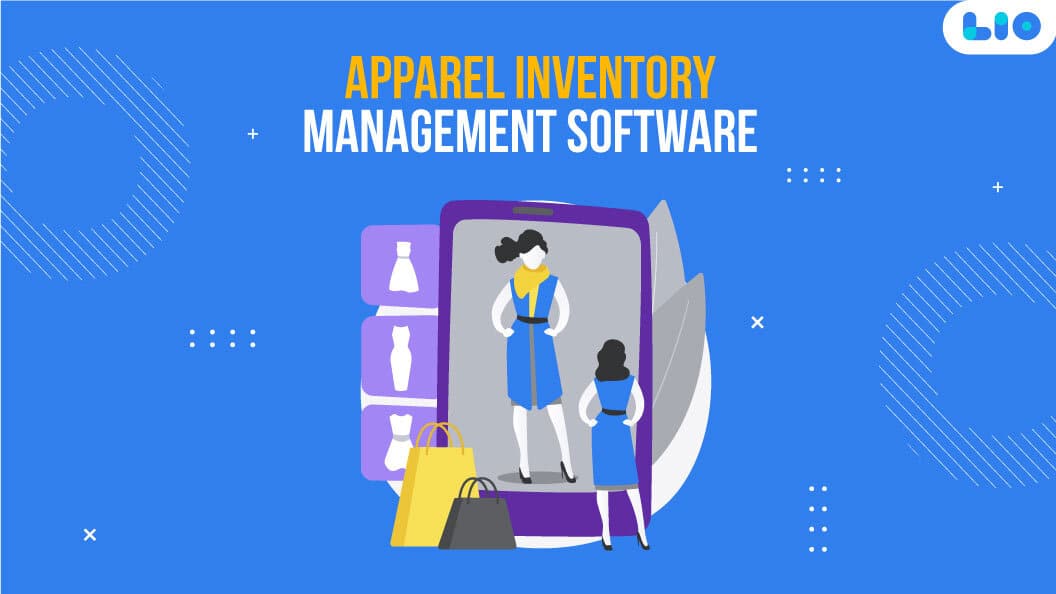


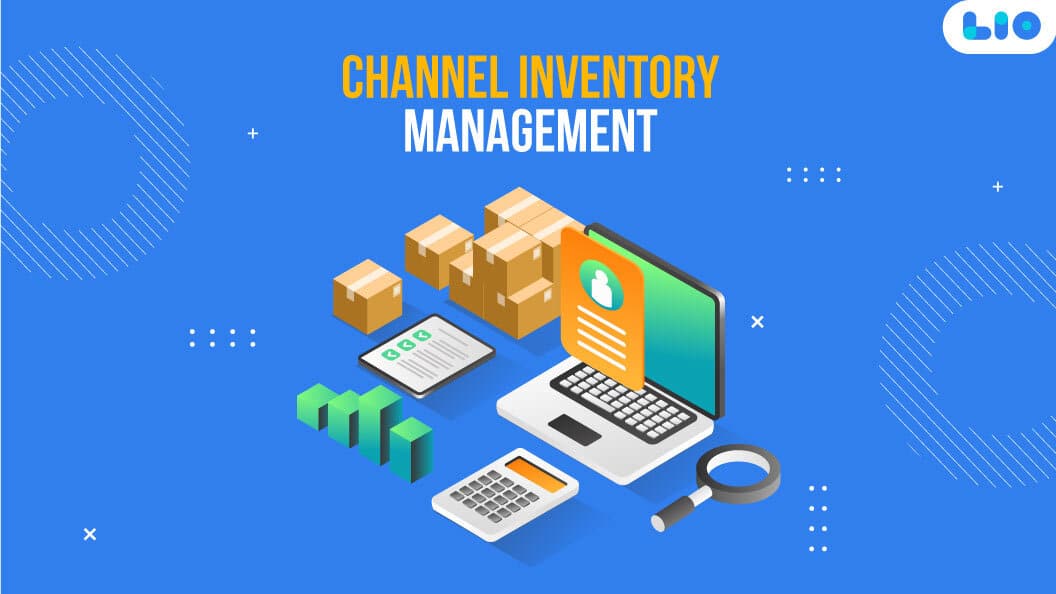

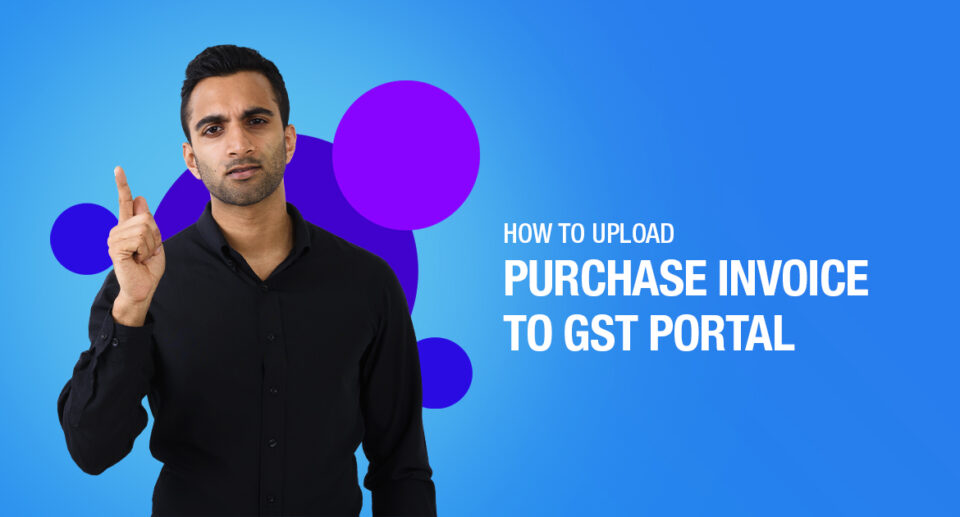
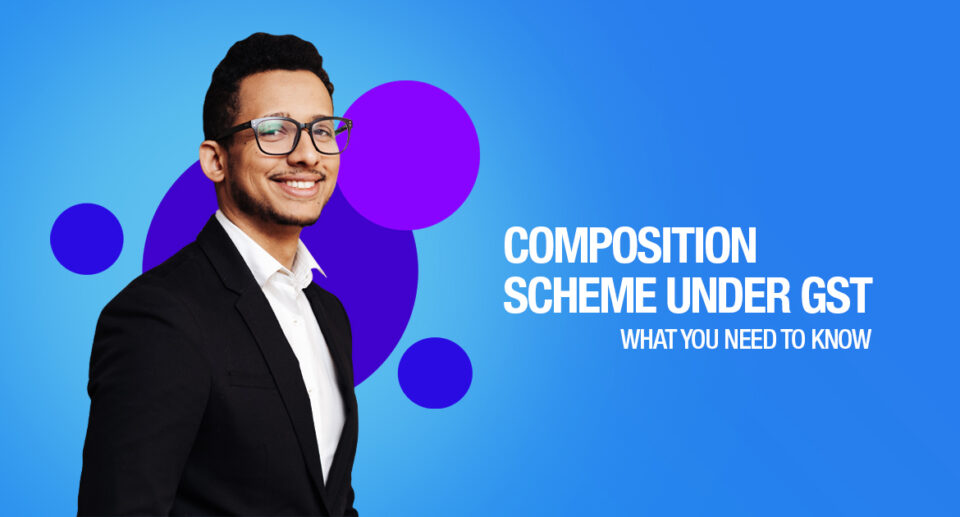
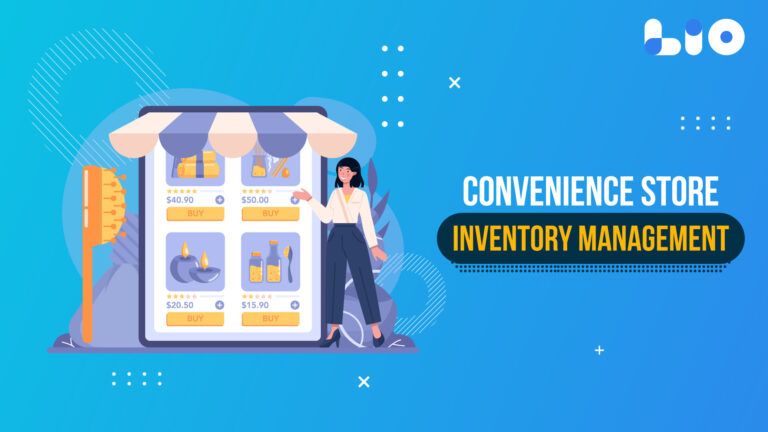
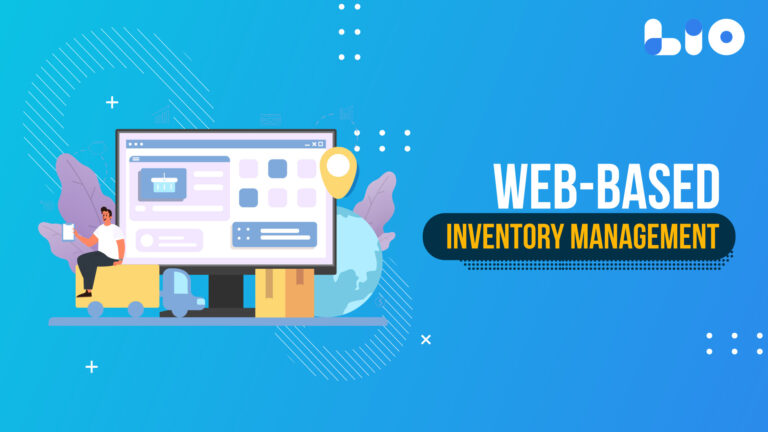
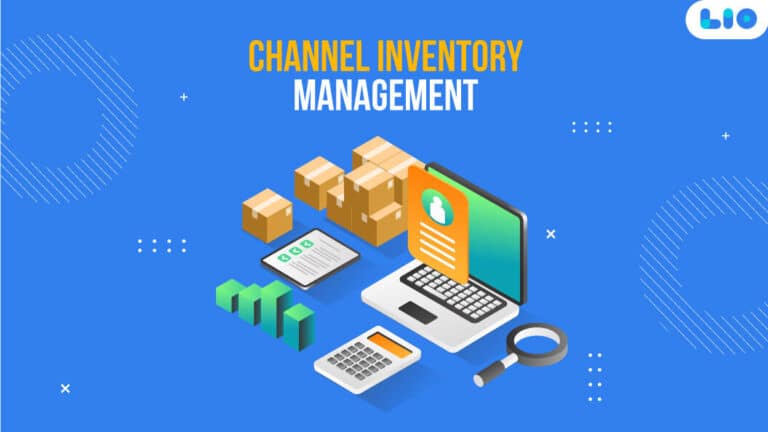
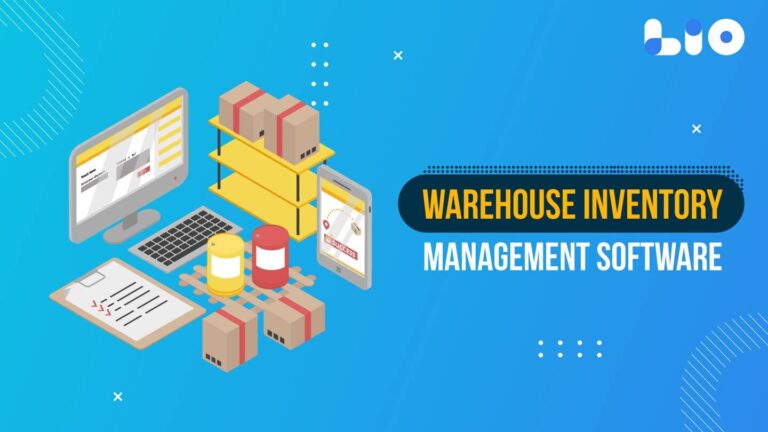


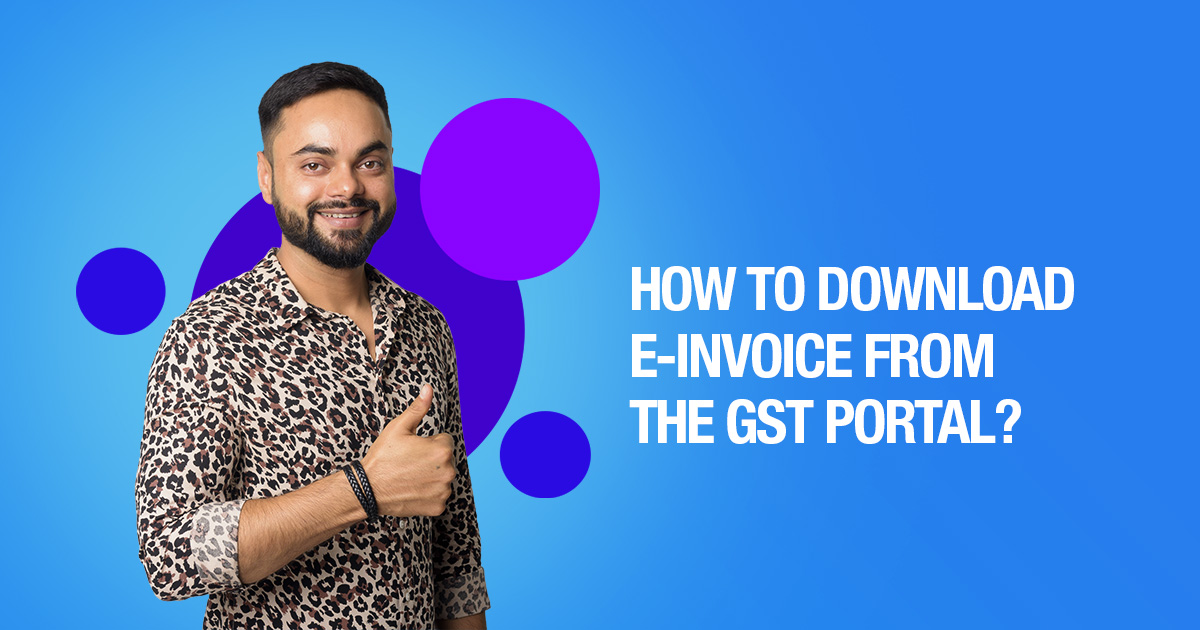
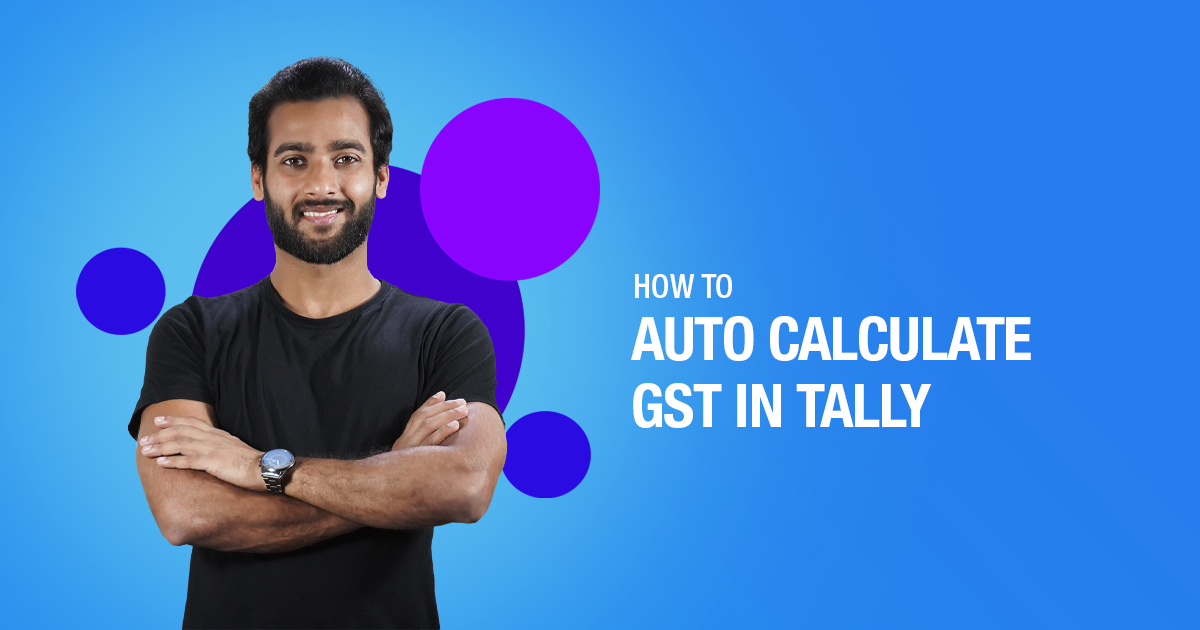
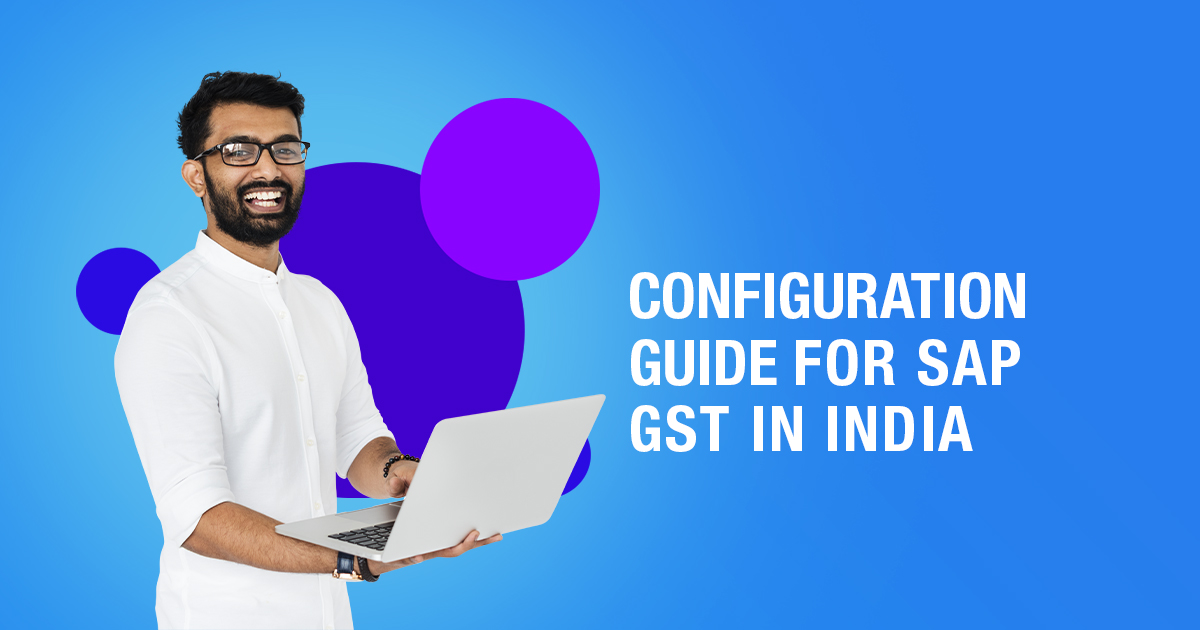
10 Comments
Could you please explain to me in brief what happens if my GST gets suspended?
Hello Riyas,
If a person’s GST registration is put on hold, the business entity could not be able to make tax payments or submit a GST return. If your GST registration has been suspended and you fall under the taxpayer category, you must get in touch with an assessing officer right away to ask for the activation of your GSTIN.
Can you please explain the differences between the forward and reverse charge mechanisms?
Hello Kujan,
Reverse charge is a method of collecting GST on deliveries of goods and services where the recipient of the products or service will be required to pay GST to the government as opposed to forward charge, which places the onus of paying tax on the supplier of the goods or services.
As opposed to the recipient of the products or services, the supplier of the goods or services, or both, is responsible for paying taxes.
Please let me know how many different RCM types there are under GST.
Hello Anchal,
Two different types of reverse charge scenarios are allowed by law. The nature of the supply and/or the character of the supplier will determine first. Both section 5 (3) of the IGST Act and section 9 (3) of the CGST/SGST (UTGST) Act apply in this case.
Would you pls tell me what self-bill invoicing means in layman’s terms? Thanks..
Hello Tribarna,
An agreement between a registered supplier and a registered client is referred to as a self-billing invoice. A customer creates an invoice and sends a copy and payment to the supplier. In an industry where customers typically choose the final worth of the goods given to them, this arrangement is increasingly prevalent.
This article is very informative. Because of your writing style and attention to detail, I could actually understand everything. Please explain what Cess in GST is as well.
Hello Joanne,
Thank you so much for your kind words.
I’m glad you found this article informative.
The GST Cess is a compensation cess imposed under Section 8 of the Goods and Services Tax (Compensation to States) Act of 2017. GST cess is levied on intra-state and inter-state supply of goods or services to compensate states for revenue losses caused by the implementation of GST in India.